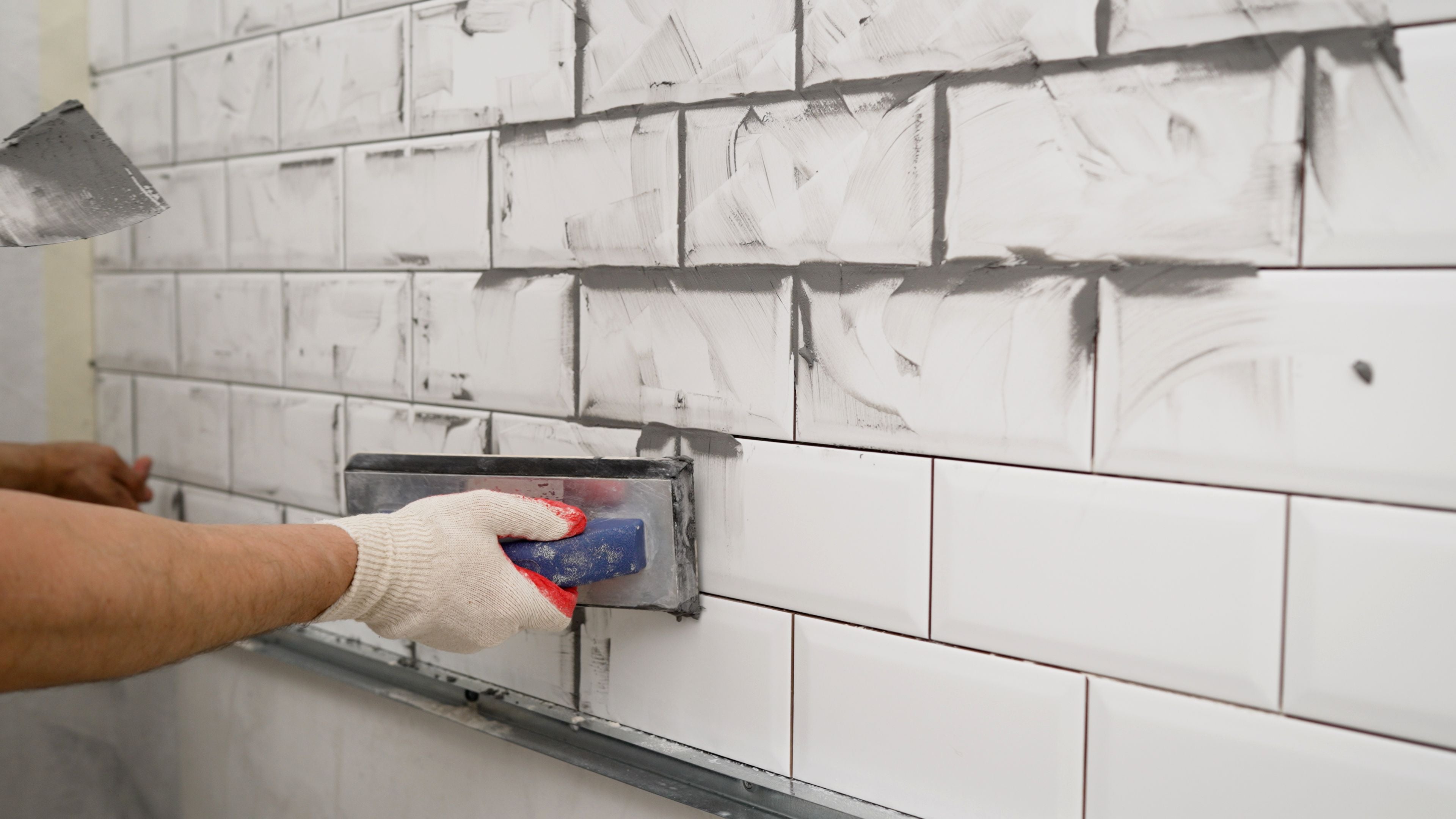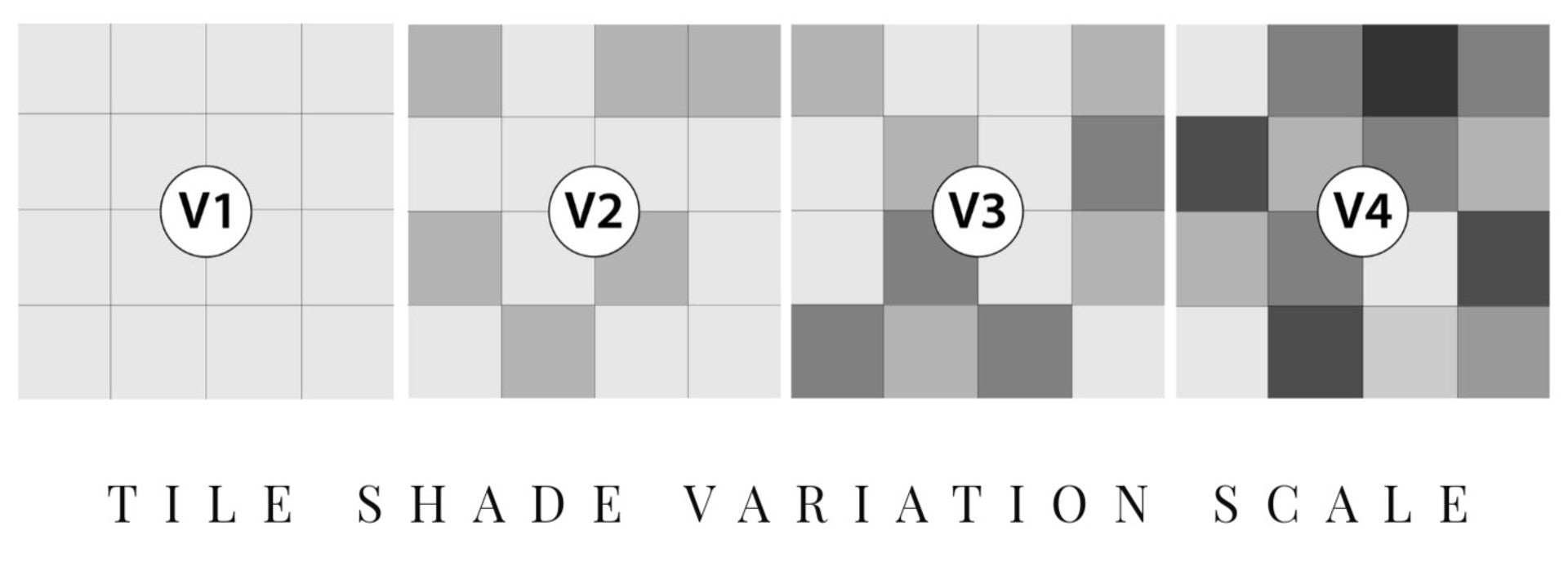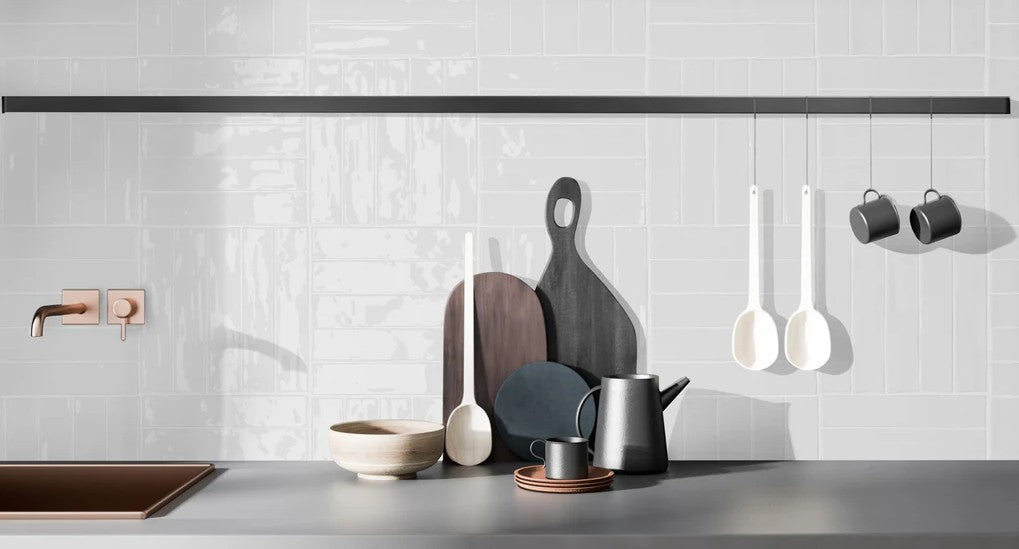Why Grout Color, Type, and Performance Are Just as Important as the Tile
When planning a kitchen backsplash, tile often steals the spotlight. But there's another key element that can make or break your design: grout. While it may seem like a small detail, grout plays a major role in both the appearance and performance of your backsplash.
From enhancing tile patterns to protecting against moisture and stains, grout is the unsung hero of a successful tile installation. In this guide, we’ll break down the different types of grout, how to choose the right color, and why selecting the best grout is just as important as choosing the right tile.
Types of Grout for Kitchen Backsplashes
Not all grout is created equal. The type of grout you use depends on your tile material, joint size, and environment. Here are the most common options:
1. Sanded Grout
- Contains fine sand particles for strength
- Used for grout joints wider than 1/8 inch
- Ideal for natural stone, porcelain, and large-format tiles
Pros:
- Durable and resistant to cracking
- Holds up well in high-use areas
Cons:
- Can scratch delicate glass or polished stone tiles
- Requires sealing
2. Unsanded Grout
- Smooth texture, no sand
- Used for grout joints 1/8 inch or smaller
- Great for glass tile, ceramic mosaics, and polished surfaces
Pros:
- Easier to work into tight joints
- Won’t scratch delicate tiles
Cons:
- Not as strong as sanded grout
- Can shrink over time if not applied properly
3. Epoxy Grout
- Made of epoxy resins, hardeners, and color pigments
- Highly resistant to water, stains, and chemicals
Pros:
- Waterproof and stain-resistant
- No need for sealing
- Excellent for kitchens and backsplashes exposed to grease and moisture
Cons:
- More expensive than cement-based grout
- Sets quickly, making installation more challenging
💡 Tip: Starlike EVO epoxy grout is a popular choice for backsplashes, offering long-term durability and vibrant color options.
Choosing the Right Grout Color
Grout color might seem like a minor design detail—but it can dramatically affect how your tile looks. Here are three strategies to consider:
1. Matching Grout
Using a grout color that closely matches the tile creates a seamless look. This approach works well for minimal, modern kitchens or when you want the tile shape to shine without distraction.
Best For: Solid-color backsplashes, stacked layouts, natural stone
2. Contrasting Grout
Choosing a darker or lighter grout color than your tile makes the pattern stand out. This technique adds bold definition and emphasizes shapes like subway, hexagon, or herringbone.
Best For: Brick patterns, geometric designs, classic white subway tile
Example: White tile with charcoal grout = bold, high-contrast aesthetic.
3. Neutral Grout
A neutral gray or beige grout complements most tile colors and blends nicely without disappearing. It hides dirt better than white and offers subtle definition.
Best For: Mosaic blends, mid-tone tiles, transitional designs
Grout Maintenance and Sealing
Cement-Based Grout (Sanded & Unsanded):
- Must be sealed after installation
- Re-seal every 1–2 years to prevent staining
- Clean with a mild pH-neutral cleaner
Epoxy Grout:
- No sealing required
- Easy to clean and highly resistant to mold, mildew, and discoloration
⚠️ Note: Avoid harsh chemicals or vinegar-based cleaners—they can degrade grout over time.
Tips for a Flawless Grout Job
- Test grout color on a sample board before applying to your wall
- Work in small sections—grout can dry quickly
- Use a grout float to press grout firmly into joints
- Clean tiles promptly with a damp sponge to avoid haze
- Use caulk (not grout) at corners or changes in plane to prevent cracking
Final Thoughts
Grout may not be the first thing you think of when designing your kitchen backsplash, but it has a lasting impact on how your project looks and performs. From selecting the right type for your tile to choosing a color that enhances your layout, grout matters—a lot.
Whether you want seamless sophistication or bold contrast, grout helps define your backsplash's personality. And with modern epoxy options like Starlike EVO, you can achieve long-lasting results with minimal maintenance.
Explore Tile Choices full selection of backsplash grout, tile, and installation materials here and make every detail count—right down to the grout lines.









